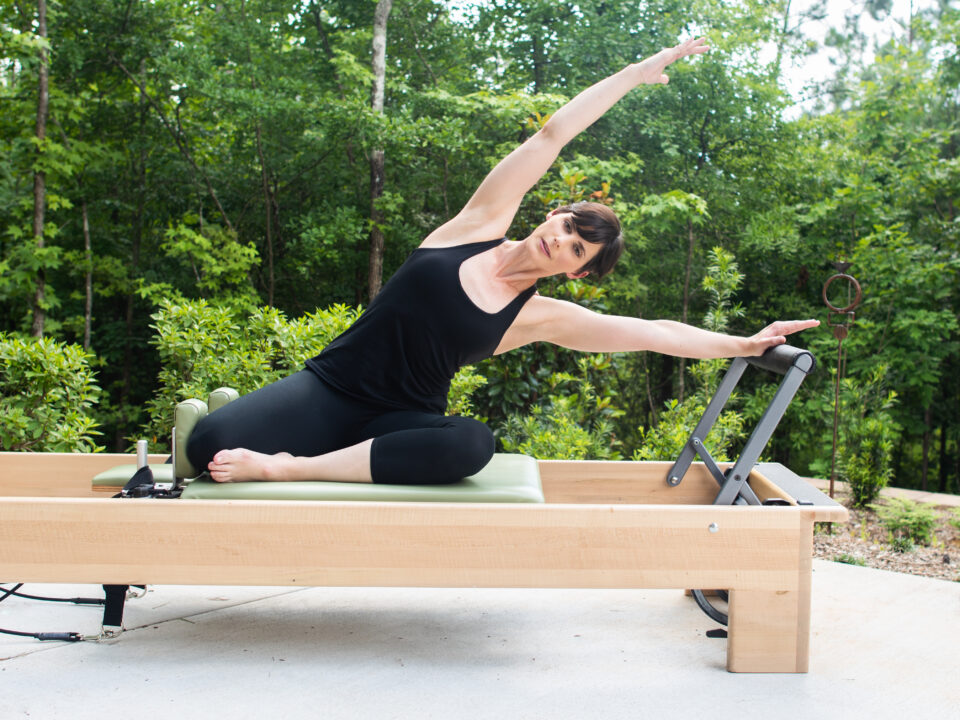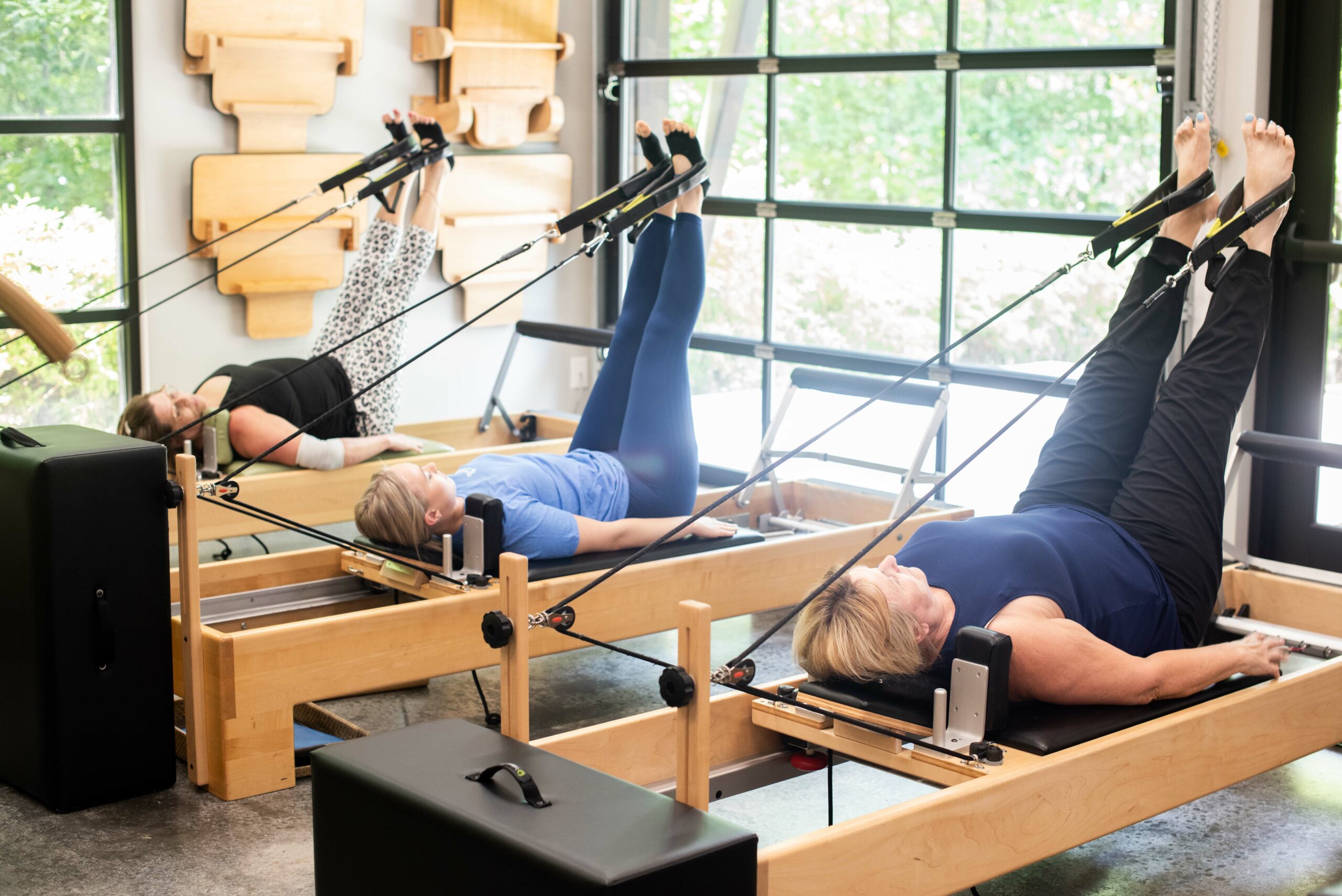- Mon - Fri
7.30 AM – 5.30 PM
Other hours upon request - 770-487-1931
Are You Hurt After a Fall or Lifting Something?

Improving mobility after a fall or when you’ve lifted something incorrectly is paramount to keeping your body in proper working condition. Have you ever fallen, and after getting back up, you realized something didn’t feel right? Maybe your leg or shoulder movements felt strained, and you worried about what would happen if the pain did not go away. Action needs to be taken, but who do you call first? Do you contact a physical therapist or your physician?
First, a few things need to be considered after a fall. If an actual injury occurs to part of your body and there is bleeding, or it is hard to move, first aid is the number one priority. If you cannot put weight on your leg or push on your arm, the best first option is to get an x-ray. Your medical practitioner can check to see if you have a fracture.
If you fell and did not bump your head but landed on your arm and can shake it off and be okay, despite being sore, a little icing and resting typically help. If you are still in pain, your body will typically not move normally in order to avoid the pain. You may use muscles or joints differently than you would have if the injury had never happened.
Within 48 hours, if you’re not back to your usual baseline, you will want to seek medical attention.
If there is no extreme pain and you can put weight on your leg, even if it is tender or sore, physical therapy is appropriate. Physical therapists can help and have ways to assess the range of motion and strength. We have special tests to indicate if physical therapy is the right option or if we need to have further diagnostics done with a physician. Are there underlying reasons that lead to the fall, such as low bone density? It is best to seek medical attention to ensure there is not a fracture. Low bone density, osteoporosis, and osteopenia cause a person to be more prone to fractures.
The more significant issue is that when pain is present, the body will compensate, even if it is for a short time. Physical therapy will help to improve the range of motion in that area and also guide the individual toward safe movements. If the fall lands them on their knees and all they did was bruise the knee, it is sore, or there could be a contusion on the bone. With a contusion, joint movement can still be possible, but the physical therapist can guide on what is safe for the range of motion to then improve the strength. With pain, the range of motion will be affected as well as the strength which then affects the ability to do day-to-day life activities like general mobility, getting around, and being able to get dressed.
Another common occurrence is lifting something wrong and getting hurt. Lifting something wrong will likely cause problems with the back and shoulders. A close second is the lower back when muscle spasms occur due to the inability to move well after the improper lifting incident.
Research shows seeking medical attention, especially from a physical therapist, within the first 16 days of that injury or the delayed onset muscle soreness is helpful for long-term healing and decreasing long-term disability from that kind of injury. In a 16-day timeframe from the initial onset, a physical therapist is a great option to see for treatment.
If the individual has pain that is shooting down their leg to their foot, they would consider seeing the medical doctor first for some further diagnostics because now there is more tissue and more structures involved that need to be addressed. If the pain is isolated in their lower back or towards the buttocks area on the gluteal region, either option could be appropriate. Still, definitely in those first 16 days, physical therapy is shown to be a practical first choice.
How Do I Handle Using My Insurance for PT Visits
With some insurances including Medicare, you may need to see a medical provider to get a referral to physical therapy, although in the state of Georgia you can go directly to PT for many insurances.
Insurance companies often have limits on how many sessions they will pay for. Whether an individual insurance policy from an employer or private insurance each policy has its own limitations. You may have a specific dollar amount or limits on PT visits. Some plans offer unlimited visits. We always advise that you know your plan and what is covered. The sooner you can get started on therapy, the less likely you will need therapy long-term, and you can avoid the pain turning into a chronic condition.
Overall, the goal of physical therapists is to guide people on what they should be doing to help themselves. We are experts in the musculoskeletal system and tissue healing. We show people how to move correctly; the sooner they make those changes, the quicker things heal.
Why Choose ProHealth for Your Care After a Fall or Improper Lifting?
At ProHealth each patient has a scheduled appointment with one-on-one care. During that time, an individualized care plan is developed. We know the research, and we are evidence-based practitioners, but we can do the assessments to figure out the best method for that patient for the ideal and optimal recovery from a slip and fall accident. Throughout treatment, if they were to work with another practitioner within the team, there is that sense of continuity that everyone is on the same page and that patient-centered care allows for that conversation to ensure the patient is getting their optimal treatment.
What are the First Steps After a Fall or Lifting Something Wrong?
First aid is the first priority and to check if anything is bleeding. Attend to those needs first and then consider what led to the fall. Any dehydration? Did you pass out? Did you feel lightheaded? Did you trip over something? What were the conditions at the time of the fall? Have you experienced a head injury?
If, after a fall, you have a headache or are having a hard time moving and are feeling disoriented, you need someone nearby to help. If alone, calling 911 to get help is recommended to get checked out. Or, after a fall, you may have rolled your ankle slightly, but you can do a gentle range of motion, you may want to apply a combination of ice and heat. Ice and heat help circulation and help to calm things down. Making sure to stay hydrated by drinking plenty of fluids will help too. About 10 to 12 hours later, you can reassess the situation. Are things progressively getting a little bit better, or are things getting worse? If things are getting worse, then further medical attention is needed.
Recently, we had a situation where our patient Bob was out doing yard work. He fell and could get up, but he fell again. He got up once more but fell a third time. When he fell, he hit his head, and as he was getting up after his third fall he felt slightly disoriented. He was outside on his own, and he knew he needed help. He was able to get his spouse out to help him. He was bleeding, and since he had multiple falls, they decided to go to urgent care and get things assessed. The good news was that he was okay. On the flip side, as he recovered a couple of days later, his neck was stiff and started hurting more. He was referred to physical therapy because he had fallen a few times, and this caused something that was already aggravated to be more aggravated. After four visits of physical therapy, he is back to his baseline. He is back to doing the things that he wants to do and needs to be doing. He feels comfortable with the light exercises and things that PT has given him. He fell on a Tuesday and was in the office that Friday. His quick action to seek medical attention and physical therapy allowed him to get better faster and avoid prolonged treatment and the possibility of chronic pain from his slip and fall injury.
If you are experiencing pain from a fall or lifting something incorrectly and live within easy driving distance of Peachtree City, Georgia, consider calling ProHealth Physical Therapy and Pilates Studio for a PT appointment. We also offer classes that reduced your risk factors and chances of falling. Our PTs are experts, and appointments fill fast, so call today at 770-487-1931




